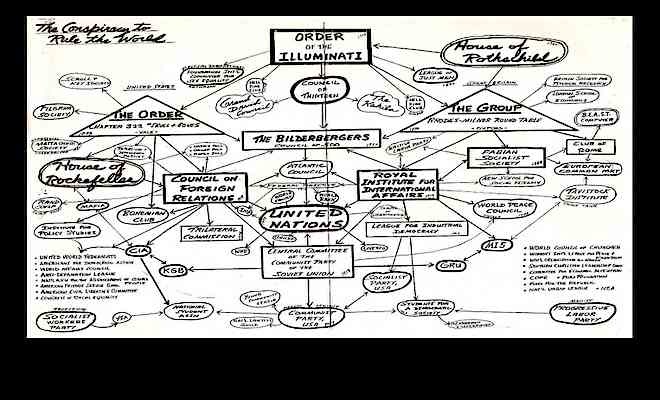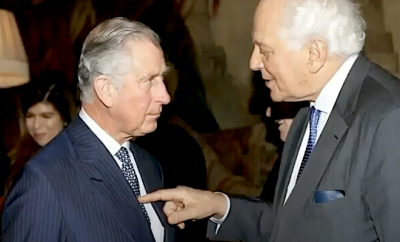
NWO
The Rothschild Illuminati Colonization of India
from Great Game India:
India was once a rich country, it was called ‘Sone Ki Chidiya‘ (Bird of Gold) in the ancient world and it was this reputation that attracted both travelers and invaders. That was before the East India Company was granted the Charter to trade with India. Below is an account of what followed after that.
1600
The East India Company was granted the Charter to trade with India
 1608
1608
During this time ships belonging to the company arriving in India docked at Surat, which was established as a trade transit point.
One of a pair depicting views of Surat, India, suggesting the healthy maritime trade of a busy Dutch East Indies factory port at the height of its success in the mid 17th century. Dutch merchants had established themselves with monopoly powers in the East Indies and trading stations on the mainland of India and Ceylon. This resulted in considerable hostility between the Dutch and English companies. The artist’s attempt to capture the admixture of familiar ships in the exotic surroundings of a Dutch settlement in India is particularly evocative. The fortified town of Surat can be seen with ships at anchor on the right and centre, and with smaller craft under sail on the left. National Maritime Museum, Greenwich, London
1750
The East India Company started cultivating Opium in Bengal and Bihar to finance its own private army of almost 2 lakh soldiers. The destruction of food crops in Bengal to make way for opium poppy cultivation for export reduced food availability and contributed to the famine resulting in deaths of 10 million people.
[ Read here for the complete Breakdown of Death Toll of Indian Holocaust caused during the British (Mis)Rule ]
http://en.wikipedia.org/wiki/Bengal_famine_of_1770
http://ebooks.adelaide.edu.au/f/fiske/john/f54u/chapter9.html
1757
Opium traders after hatching a conspiracy with Siraj-ud-Daulah, Yar Lutuf Khan, Jagat Seths (Mahtab Chand and Swarup Chand), Omichund and Rai Durlabh took over India after The Battle of Plassey establishing company rule in South Asia.
http://en.wikipedia.org/wiki/Battle_of_Plassey
http://en.wikipedia.org/wiki/Jagat_Seth
http://en.wikipedia.org/wiki/Legendary_personalities_in_Bengal
1780
It was Warren Hastings, the first Governor General of India’s , idea to first traffic drugs to China.
The History of the Trial of Warren Hastings
Through 1790
At the same time, there was commercial stagnation and trade depression throughout Europe. The directors of the company attempted to avert bankruptcy by appealing to Parliament for financial help. This led to the passing of the Tea Act. The arrival of tax-exempt Company tea, undercutting the local merchants, triggered the Boston Tea Party in the Province of Massachusetts Bay, one of the major events leading up to the American Revolution.
Britain could no longer afford to buy tea from China in exchange for Silver. Opium was the free and easy option.
By the 19th century
Now coming to the real question…
But first we need to understand who owned this East India Company.
Also, everyone knows how much gold and gems were looted from India by the East India Company…
…but let’s pause for a moment and ask another question; Whatever happened to all that gold ?
Well, to this day it lies in the basement of the Bank of England, which indirectly is the basis for the establishment of almost all of the banking institutions of India and also many around the world.
http://www.jstor.org/pss/4412216
1708
Moses Montefiore and Nathan Mayer Rothschild loaned the British Treasury £3,200,000 (used to service the debt owed the privately operated Bank of England operated by Nathan Mayer Rothschild), in return for an exclusive grant of trading privileges with all countries of the Indian and Pacific Oceans, between Cape Horn and Cape Good Hope for the newly chartered joint stock corporation which Rothschild controlled – the British East India Company. They always operate through joint stock corporations in order to conceal their ownership and avoid personal responsibility.
Read More @ Great Game India.com
























